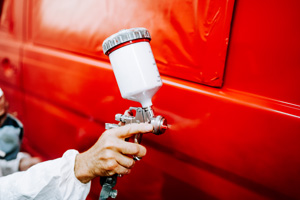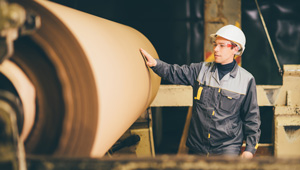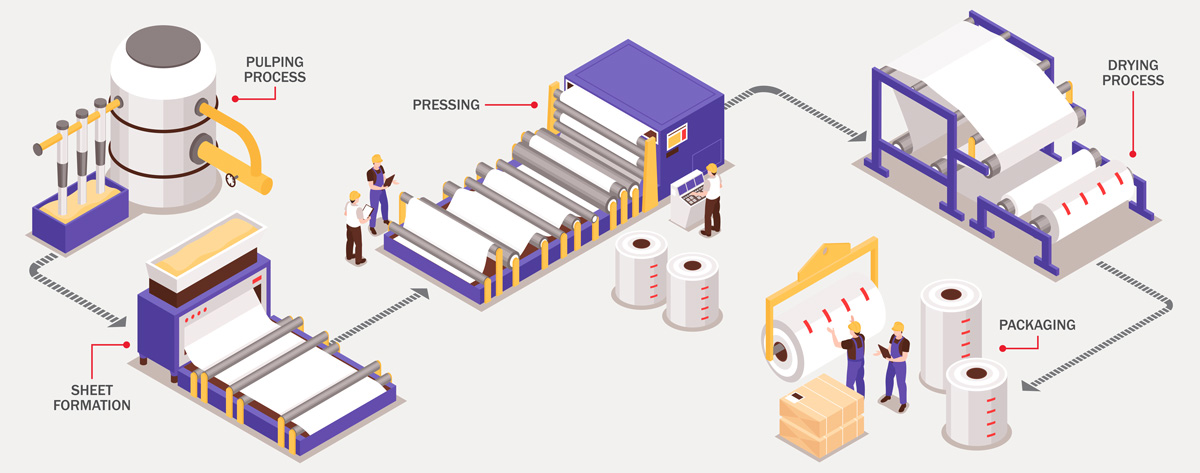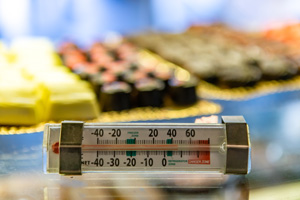 Unless it’s recently stopped running (or run away), you probably haven’t paid much attention to your refrigerator lately. Despite enjoying status among the largest and most frequently used appliances in your home, the refrigerator is a bit of an unsung hero, quietly humming away in your kitchen, keeping lettuce crisp and ice cream velvety smooth. But refrigeration is about so much more than fresh greens and tasty frozen treats; the humble fridge is also the first line of defense against foodborne illness.
Unless it’s recently stopped running (or run away), you probably haven’t paid much attention to your refrigerator lately. Despite enjoying status among the largest and most frequently used appliances in your home, the refrigerator is a bit of an unsung hero, quietly humming away in your kitchen, keeping lettuce crisp and ice cream velvety smooth. But refrigeration is about so much more than fresh greens and tasty frozen treats; the humble fridge is also the first line of defense against foodborne illness.
Historical trivia: The first practical, ice-cooled refrigerator rail car was invented in Chicago for Swift & Co. in 1878, revolutionizing the meat packing industry and changing the way we eat forever. (Wikipedia – Gustavus Franklin Swift)
According to the CDC, there are 31 pathogens known to cause foodborne illness. In the United States, these pathogens, including norovirus, salmonella, and even Staphylococcus aureus (Staph), are responsible for an estimated 9.4 million cases annually. Many of these cases go beyond typical food poisoning symptoms, resulting in 56,000 hospitalizations and 1,300 deaths.
Continue reading “Storing Food Safely: How Dwyer Can Help Meet HACCP Refrigeration Control Standards”
 As students are returning to schools and office buildings are being reopened, it’s important to consider the safety of the buildings after extensive closures. Proper precautions need to be taken to ensure building readiness, which introduces a critical question:
As students are returning to schools and office buildings are being reopened, it’s important to consider the safety of the buildings after extensive closures. Proper precautions need to be taken to ensure building readiness, which introduces a critical question: 



 Jaguar. Ford. Ferrari. Three iconic automakers with storied racing pedigrees that have made some of the fastest and most beautiful cars in the world, each draped in a coat of paint of their own signature color: British Racing Green, Ford’s Grabber Blue, and Ferrari’s Rosso Corsa.
Jaguar. Ford. Ferrari. Three iconic automakers with storied racing pedigrees that have made some of the fastest and most beautiful cars in the world, each draped in a coat of paint of their own signature color: British Racing Green, Ford’s Grabber Blue, and Ferrari’s Rosso Corsa.


 Unless it’s recently stopped running (or run away), you probably haven’t paid much attention to your refrigerator lately. Despite enjoying status among the largest and most frequently used appliances in your home, the refrigerator is a bit of an unsung hero, quietly humming away in your kitchen, keeping lettuce crisp and ice cream velvety smooth. But refrigeration is about so much more than fresh greens and tasty frozen treats; the humble fridge is also the first line of defense against foodborne illness.
Unless it’s recently stopped running (or run away), you probably haven’t paid much attention to your refrigerator lately. Despite enjoying status among the largest and most frequently used appliances in your home, the refrigerator is a bit of an unsung hero, quietly humming away in your kitchen, keeping lettuce crisp and ice cream velvety smooth. But refrigeration is about so much more than fresh greens and tasty frozen treats; the humble fridge is also the first line of defense against foodborne illness.